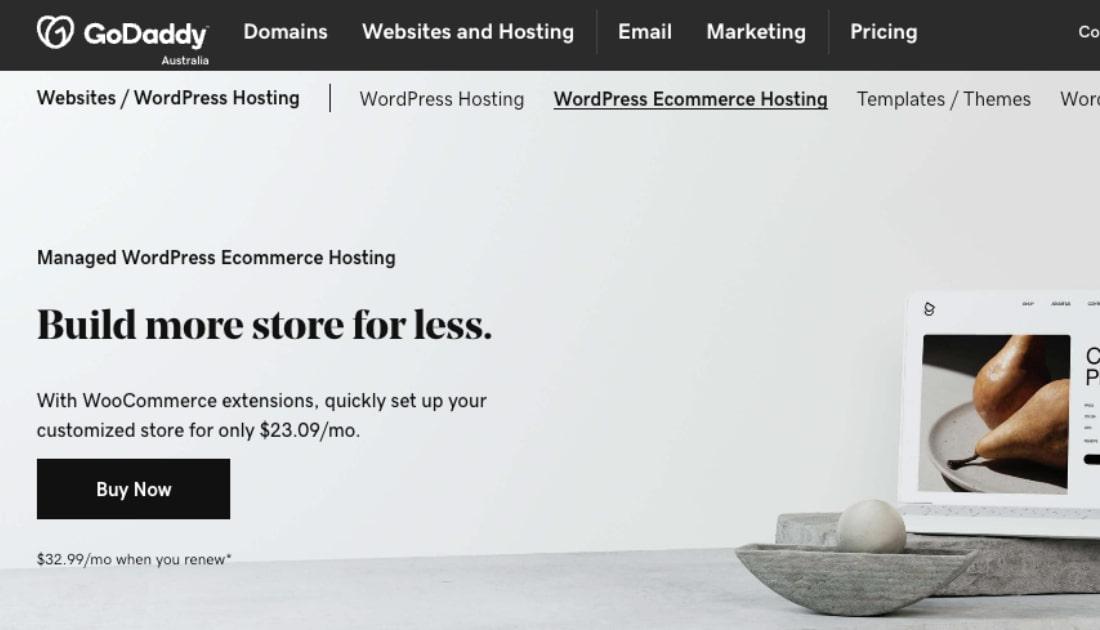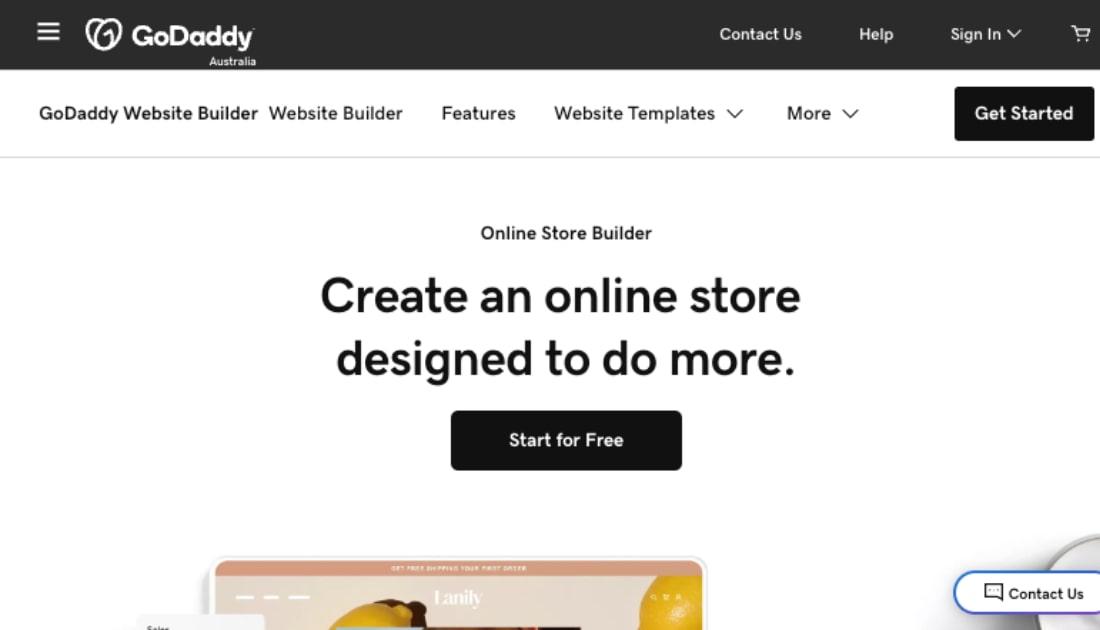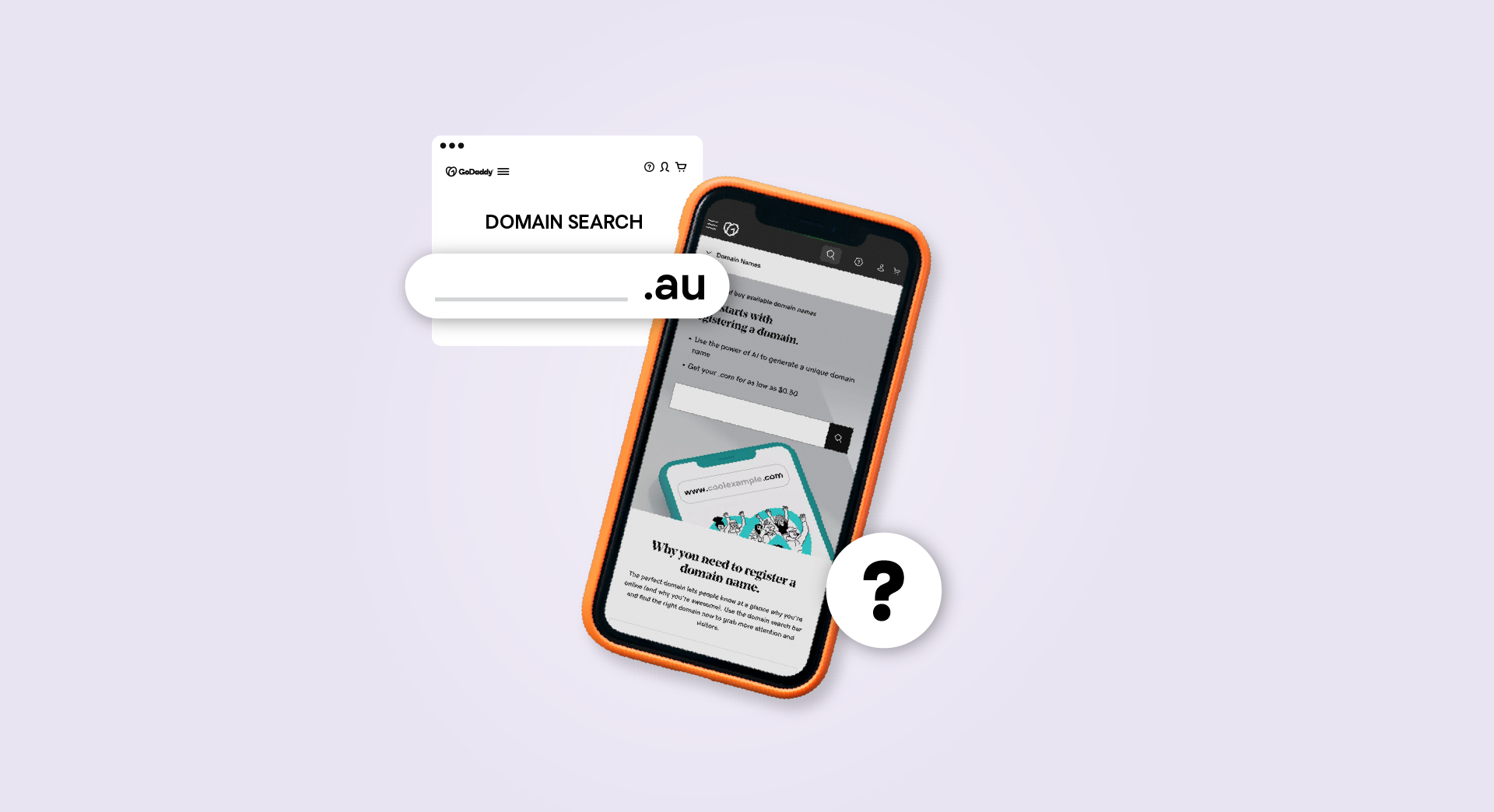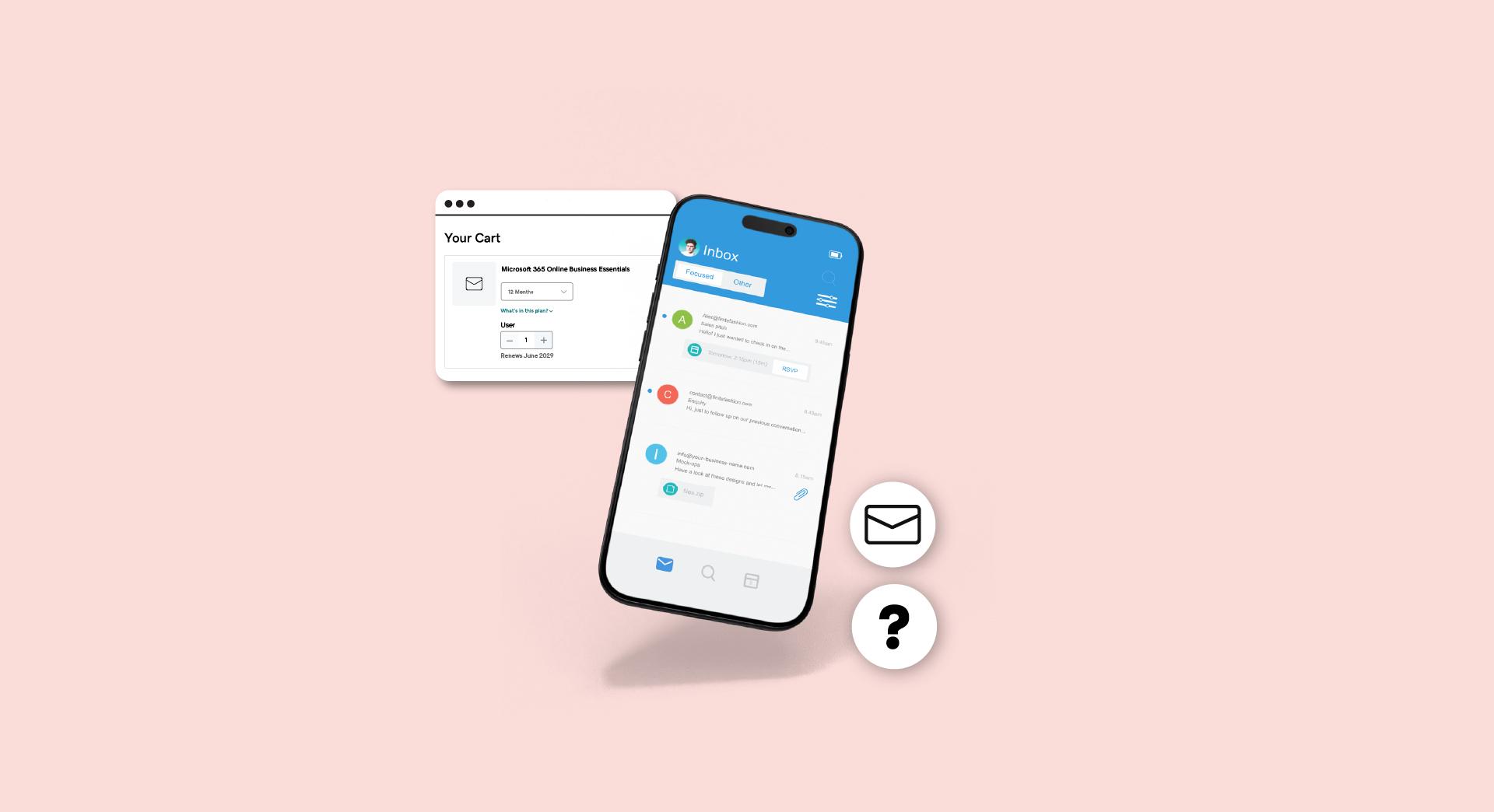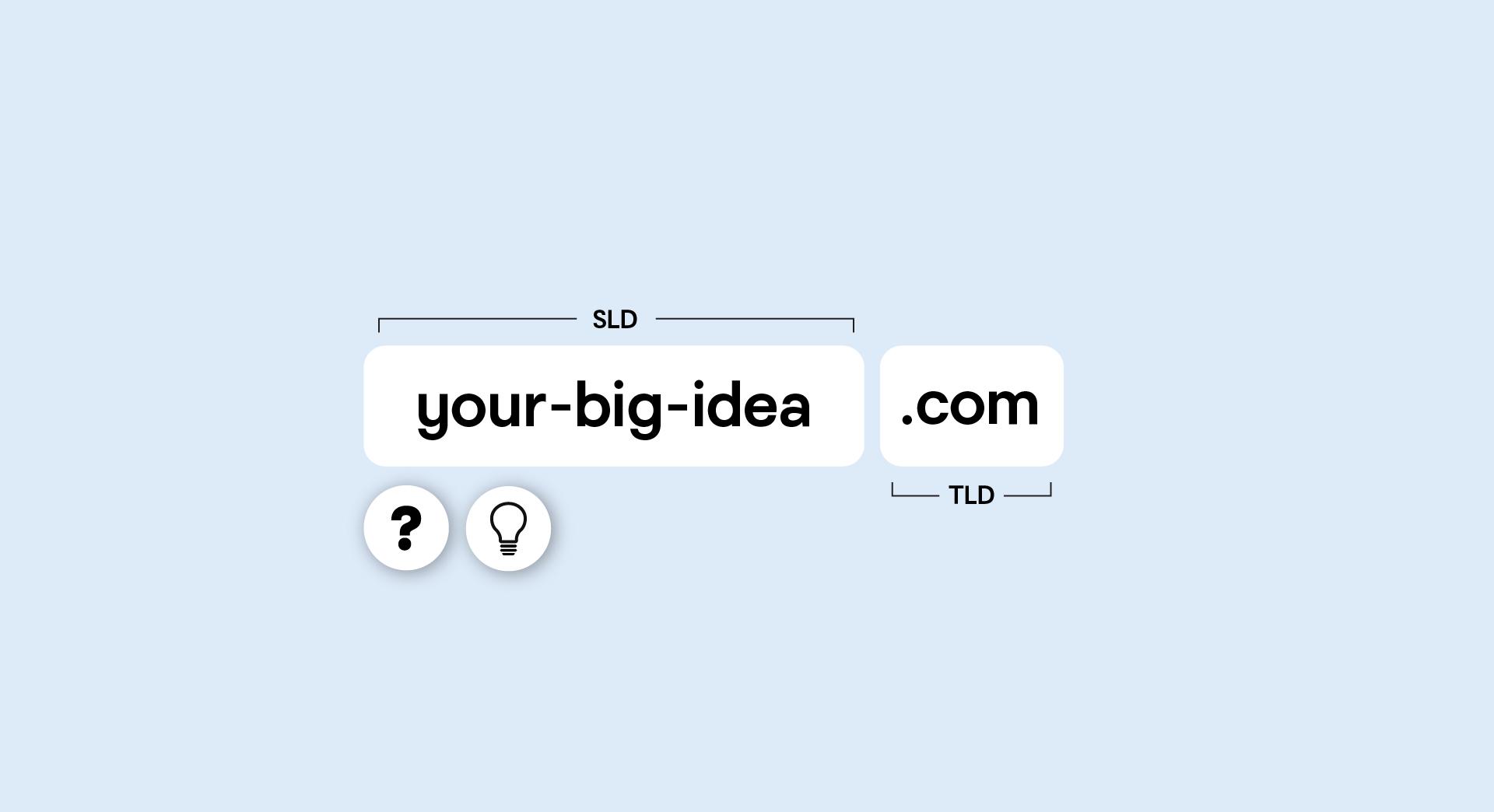With interest rates unlikely to go down any time soon, Aussie retailers are hoping Black Friday on 29 November delivers this year. If you're one of them, follow these eight steps for a winning holiday sale strategy.

1. Craft the right deals
This is perhaps the most important step in creating any sale strategy. Get it right and you’ll generate the sales volume you’re hoping for. But get it wrong and you won’t generate sales or — perhaps even worse — hurt your pre-holiday trading.
Choose specific products
Don’t just discount your products storewide. Choose wisely. Discount products you’re looking to turn over and reduce the prices heavily. Choose products where you have good sales margins so you can still make money.
Create bundles
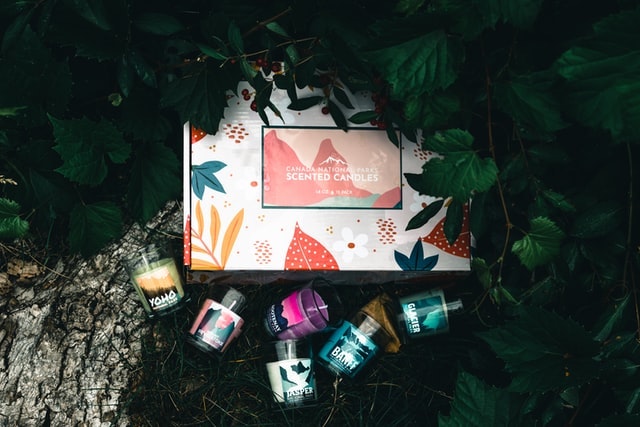
Create product bundles and discount them. This way you are increasing the order value and turning over more stock. It will also ensure customers are not discouraged to pay full retail price on individual products later.
Provide add-on value
Value isn’t exclusively a discount factor. Provide some sort of value add. This could be a free product, monogramming or an exclusive add-on.
Include free shipping
Yes it’s an expense to retailers. But consider the impact that free shipping has for the consumer.
A Shippo survey found that 62% of respondents won't shop with a retailer that doesn't offer some type of free shipping.

Discount by dollars, not percentages
Traditionally retailers are recommended to use percentage discounts for items under $100 and dollar discounts for products above $100.
But with consumers being flooded with holiday deals, I’d recommend you stick with dollar discounts regardless of the price of your product. Make it super clear how much money they’ll save.
Pro tip: Put the savings right in the Subject line of your email campaigns — people can't resist a sale.
Design a few up-sells and cross-sells
To improve sales for your small business, you can either:
- Attract more customers or
- Increase your average order size
When considering the products you’ll discount, think about whether you have the ideal cross-sell (a related product) or up-sell (more expensive version of the same product) for each discounted product.
2. Get your sales platform ready
The second step in any sale strategy is to decide where you’ll sell your products. You can choose to:
- Create your own online store
- Sell direct via social media
- Join one of the leading marketplaces
Let’s discuss the options.

Creating your own online store
If you have a website for your business already, you may choose to keep to the same platform and simply add an e-commerce feature.
Launching your own store takes effort, but it gives you complete control of your profits.
For example, if you have a WordPress website, you will want to get WooCommerce added. This will make it possible to sell on your site.
If you don’t have a website, then you have the opportunity to choose the best-suited platform, like GoDaddy’s simple Online Store Builder. Or go with their Managed WordPress eCommerce Hosting, which comes with WooCommerce installed.
For step-by-step help on building an ecommerce website in a weekend, bookmark this post.
You may also like: Complete guide to selling on Instagram
Selling on social media

There are three leading options — Facebook, Instagram, and Pinterest. It’s very simple to set up a Facebook store or Instagram shop and begin selling. Pinterest allows you to sell via your individual Pins.
One downside to selling only on social media? There’s no tracking system, so you’re liable to lose a sale if you miss a DM. And everything is manual — from payment processing to shipping.
Plus you don't own customer data like emails — social media channels do — so you can't create email lists and retarget customers with newsletters/website offers etc.
Joining a marketplace
One of the early hurdles for new online store owners is bringing people to their website.
However, marketplaces won’t be the right sales strategy for everyone. Some, like Etsy, specialise in particular kinds of items. If you sell handmade goods, then you have a great opportunity.
You can sell just about anything on platforms like Amazon, but these tend to be very crowded marketplaces. It can be hard to get attention.
Another downside to marketplaces is that you can’t gather emails to start a conversation with your customers. As with social media, the marketplace retains all direct contact with your buyers. And of course, you pay fees for the right to sell on each platform.
If you don’t have the resources or know-how to build an online store or join a marketplace, you can simply take phone orders. Just be sure to include delivery costs in your pricing.
3. Optimise your store

One good sale strategy that’s often overlooked by small retailers is conversion optimisation. With a few adjustments, you can turn more of the people who are already visiting your website into paying customers.
There are a number of factors that can boost conversions:
- Site speed (start by minimising your images)
- Product descriptions
- Tantalising up-sells and cross-sells
- Really good product photos
- Abandoned cart emails (easily automated with GoDaddy's Online Store)
Any time you spend getting these elements just right will pay off in more sales.
4. Work with other small businesses
As a small business, it can be difficult to steal any small slice of the customer’s attention during sales seasons. So consider working with other small businesses that sell products that complement (but don’t compete directly with) yours.
This sale strategy will boost your reach and improve your sales, because you’ll also be exposed to your partner’s customers.
5. Set up a referral program
The big brands have their advertising budgets, but as a small business owner you need to be creative and efficient.
The basic concept is to present a customer with the opportunity to earn rewards for sharing your deal with their friends and family.
If their friends and family purchase their deal, they get rewarded.

One incentive you may want to consider is a future discount. This will encourage a repeat customer and turn a discount buyer into a loyal customer.
But you will need to present real value in this incentive for it to work. If you are rewarding them with a discount for a time where they’ll be buying at regular price, then you have margins to work with.
6. Start your promotions early
Don’t wait until the last moment to start promoting your deals. By that stage, the big brands have already flooded the marketplace.
Plan a promotional campaign to run in the one or two weeks before the event. But don’t go too early or you run the risk of discouraging sales prior to the event.
Consider these opportunities to promote the event early including:
Invite customers to join a waitlist
Give them a sneak peek into the offers you’ll have and then encourage them to sign up to be notified. You won’t be the only business doing this, so make sure you give them enough to grab their attention.
Email newsletters
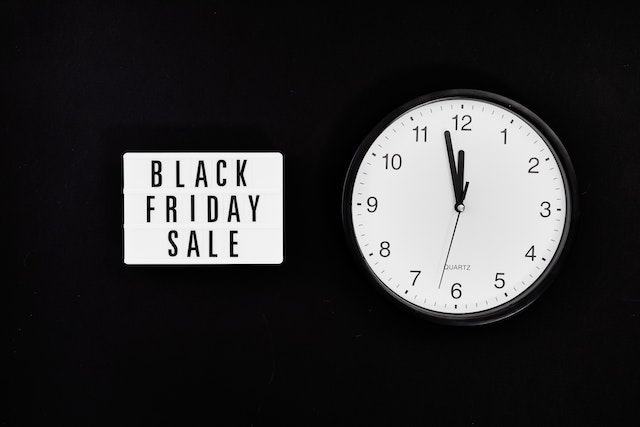
If you’re lucky enough to already have an email list and newsletter, then of course this is a great vehicle for the pre-sale promotion. Consider getting a professional email address that matches your web address to build the kind of credibility and trust that leads to higher email open rates.
Social promotion
Share sneak peeks into what you’ll be offering and get them excited. But consider getting them to subscribe with their email address, which will give you a more direct way to contact them when it starts.
Related: How to use Instagram ads to sell gifts
7. Day-of promotion
When it’s time to launch your deals, you need to use every channel at your disposal.
- Your website. Display a sale banner at the top or in a pop-up to ensure that every visitor to your website is fully-aware that you have deals on. Link to sale pages.
- Email. Hopefully you’ve built up a waitlist of people ready to take action. Or perhaps you have an email database
 you’ve built up over the years. Learn about email marketing in this post (with video).
you’ve built up over the years. Learn about email marketing in this post (with video). - Social media. Let everyone know on your social accounts. Spend a small budget ensuring that the posts are boosted to your entire community and consider advertising to a wider audience.
8. Turn the attention into future sales
If you’re able to carve some of the attention for your own small business, then think about how you can bring these new customers back again. Here are three sale strategies to try:
Give them a reason to sign-up for regular emails
This is the simple solution. But don’t make it a generic ‘Subscribe to our email newsletter.’ With a ton of sale emails in their inbox, they’ll be dealing with email fatigue, so present some real value if they are to subscribe. Free samples or exclusive downloads are popular incentives to sign up.
Related: How to build a business email list
Leave personal notes with your products
As a small business, you have some advantages, so play to them. Write personal, hand-written messages for customers when shipping their purchase.
Encourage online reviews
Take it a step further and ask these new customers for reviews. This will improve the likelihood of other new customers clicking Buy in the future.
Nail down your holiday sale strategy now
Small retailers across Australia are facing economic headwinds. So the idea of getting excited about a sales event where you offer huge discounts is understandably difficult. But this is perhaps a glimpse into the future of retail, so instead of ignoring it, get involved.
I can’t overemphasise the importance in getting your deals right — don’t just run with the standard 20% off storewide.
Spend time on your products and pricing and get those sale offers right. Then use your size to your advantage, get creative and do what the big brands can’t do.
Frequently Asked Questions (FAQs)
Still have questions? The answers might be here.
What are the four selling strategies?
The four selling strategies are prospecting, qualifying, presenting, and closing.
What is sales strategy?
Sales strategy is a plan that outlines a small business’ approach to selling its products or services to reach its sales goals.
A sales strategy often includes:
- Defining the unique value your business offers to customers
- Identifying the people most likely to buy from you, including their demographics (age, married/single, income level, etc.), needs and likes Learn how this is done here
- Setting a budget for how much you plan to spend on a particular campaign
- Defining the steps you/your team will take to turn browsers into buyers
- Setting clear goals for your sales campaign, whether that’s 500 leads or 50 actual sales
- Gathering information about your customers and industry, whether through publicly available sources or your own records
What are 7 steps of sales strategy?
The 7 steps of a sales strategy typically include setting objectives, defining target customers, developing a value proposition, determining sales channels, creating a sales plan, implementing the plan, and evaluating results.
What are the 4 P's of sales strategy?
The 4 P's of sales strategy are product, price, place, and promotion. You can read more about each of them here.
Who develops a sales strategy?
In the case of small ventures, A sales strategy is typically developed by the owner and any marketing professionals they may contract with. In a larger business, it’s handled by the sales and marketing team with the oversight of senior management.
What are B2B sales?
B2B sales refers to business-to-business sales, where companies sell products or services to other businesses rather than to individual consumers. Businesses that sell to customers are called B2C ventures.
Why create a sales strategy plan?
Creating a sales strategy plan forces business owners to sit down and think about their:
- Specific sales goals
- Target market
- Competitive positioning
- Tactics to achieve their sales goals
Yes, this takes time, but it also improves their chances of success.
How will a CRM help with my sales strategy?
A CRM (Customer Relationship Management) system can help with the design and implementation of a sales strategy by organizing customer data, tracking interactions, managing leads, and providing insights for performance.
Any business with a CRM is ahead of the game, as they already have information on their customers. This information can be used to win more customers like them.
What core message will you/your sales reps use when pitching your product?
Sales reps should lead with the core value proposition of the product, focusing on how it solves the customer's pain points and adds value to their lives.
Is there specific coaching or training that the sales team needs to carry out the plan?
Your sales teams may need training in product benefits, selling techniques, how to overcome objections, negotiation and customer relationship management to successfully carry out the sales strategy plan.
What are the key components of an effective sales strategy?
Key components of an effective sales strategy include:
- Setting clear goals
- Understanding who is most likely to buy the product or service
- Defining value propositions
- Establishing sales processes
- Carrying out sales tactics
- Measuring performance
What is the difference between sales strategy and sales tactics?
Sales strategy is the overall plan for achieving sales goals. On the other hand, sales tactics are specific actions or techniques used within the strategy to close sales.
How do you measure the success of a sales strategy?
Success of a sales strategy can be measured by tracking key performance indicators (KPIs) such as sales revenue, conversion rates, customer acquisition cost, customer retention rate, and overall profitability.
You can read more in What business reporting metrics should I focus on?
What are some effective sales strategies for a new product launch?
Effective sales strategies for a new product launch begin before the product is created. The most successful products started with market research, defining a target audience, and finding out what those buyers want from the product or service.
For a complete guide on product design read this 8-minute post.
Once you’re sure you’ve created a product or service people will buy, you’ll need to:
- Create interest through marketing campaigns
- Provide product demos
- Offer promotions or free trials
It’s also a good idea to build relationships with key influencers and industry partners, as they can act as ambassadors for you.

